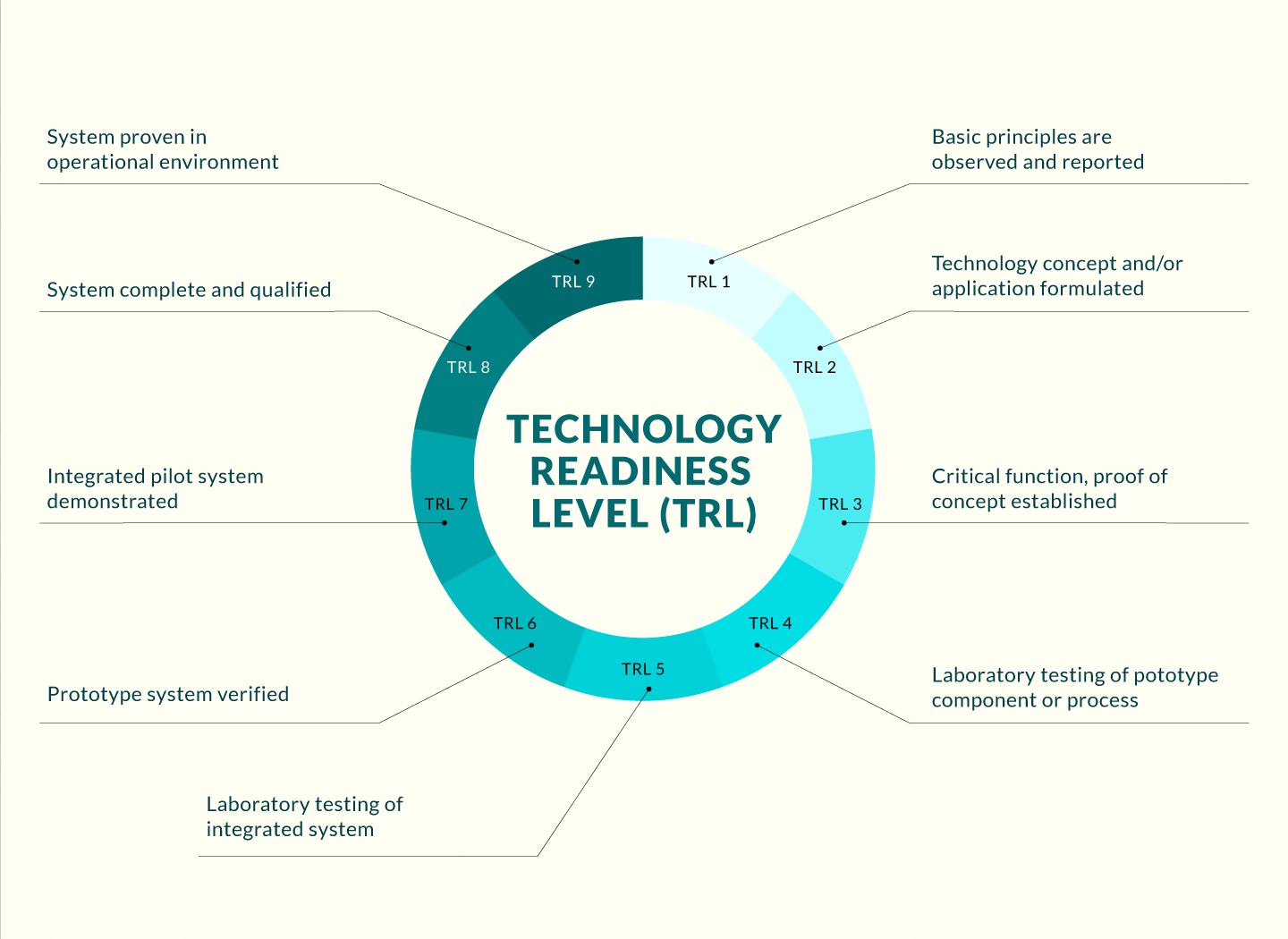
Opportunity
Cancer patients who develop secondary tumours (metastasis) often have a poor prognosis. Detecting metastatic disease early is vital to facilitate timely treatment and intervention and thereby reduce cancer mortality. However, such early detection remains challenging due to a lack of sensitive biomarkers and cost-effective approaches. Conventional diagnostic arrays require large and highly specialised equipment, and extracting tumour cells and DNA can be invasive and time-consuming. Furthermore, the heterogeneity of reads creates the need for extensive downstream processing and evaluation by trained personnel. To address these challenges, there is a need for an easy-to-use platform that is label-free, ultrasensitive, and designed for both point-of-care and personalised testing to monitor cancer patients’ metastatic status. In particular, such a platform should be able to generate data that can be instantly and easily assessed optically by the patient and transferred from the patient to a practitioner without special skills or training.
Technology
The invention is a system that uses a microfluidic biosensor to detect metastasis in biological samples, specifically urine, in situ. The biosensing is performed using tiny worms known as Caenorhabditis elegans (C. elegans), due to their sensitive chemosensory properties. The system analyses the chemotactic behaviour of C. elegans in response to metabolites in urine samples, which are found in higher concentrations in metastatic breast cancer patients than in non-metastatic or healthy individuals. By observing how the worms react to the urine samples, the system can determine whether cancer has spread.
The system is designed for both point-of-care testing and home-based assessment. It can be integrated with portable imaging devices or even smartphones to capture and analyse the movement of C. elegans, allowing for real-time assessment of patients’ metastatic status. This non-invasive approach offers a low-cost, efficient alternative to traditional diagnostic methods, facilitating remote testing and routine screening for cancer metastasis.
Advantages
- Whereas conventional diagnostic techniques require large and specialised equipment, the requirements of the novel system are relatively low: a portable imaging device, smartphone or other mobile device integrated with a camera is sufficient to acquire the required data for subsequent analysis. This makes the novel system more cost-effective and efficient than existing techniques.
- Unlike conventional techniques, which often involve biopsies for cell/DNA extraction, the novel method is non-invasive.
- Conventional techniques require extensive downstream processing and evaluation by trained personnel, whereas the novel system enables real-time analysis, allowing for quicker decision-making on patient care and treatment options.
- The novel system has been shown to outperform gold standards for detecting metastatic breast cancer in terms of sensitivity.
Applications
- Cancer screening and routine monitoring at point of care (in clinics, hospitals)
- Home-based diagnostics (enabling patients to perform tests at home for convenience)
- Research tool for studying metastasis (laboratory settings)
- Personalised medicine



